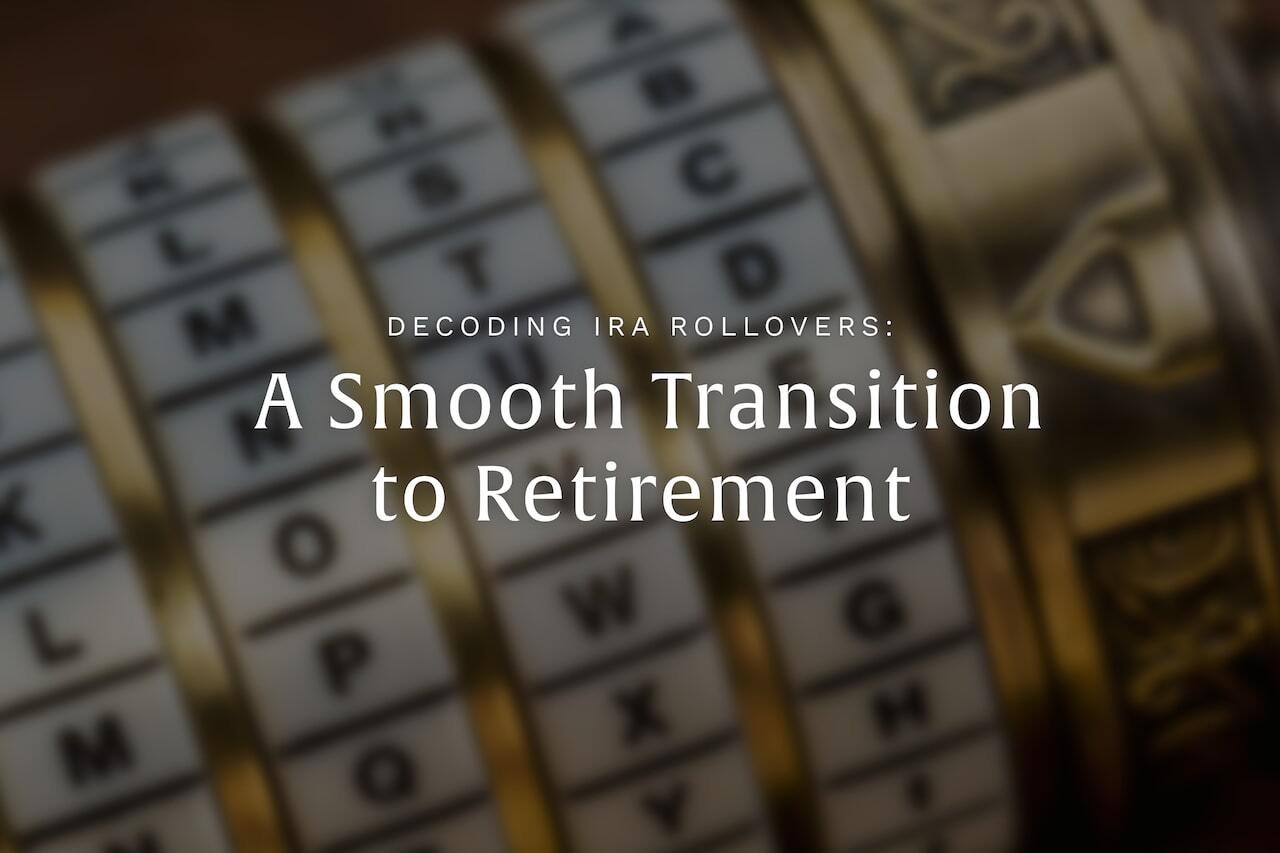Planning for retirement requires careful consideration of strategies to ensure your financial resources last throughout your lifetime. One of the greatest concerns retirees face is longevity risk—the possibility of outliving their savings. As life expectancies continue to increase, this risk becomes even more pronounced, emphasizing the need for solutions that provide consistent income well into later years.
Deferred Income Annuities (DIAs) offer a way to address this challenge by providing a reliable income stream at a future date, helping to supplement other retirement income sources such as Social Security or pensions. DIAs allow you to plan ahead, locking in a portion of your income to support your financial needs in later retirement. In this article, we’ll explore how Deferred Income Annuities work, their potential benefits, and key considerations to help you determine if this strategy could be a valuable part of your long-term financial plan.
Exploring Deferred Income Annuities: How They Work
Deferred income annuities are financial products designed to provide a reliable stream of income that begins at a future date, often well into retirement. Unlike immediate annuities, which start payments soon after purchase, DIAs are structured with a deferral period that allows time for the annuity to grow. During this phase, individuals can contribute a lump sum or make regular payments, enabling the funds to potentially yield higher payouts when the income stream begins.
DIAs are particularly valuable for those seeking to secure a steady income later in retirement, as they offer a way to ensure long-term financial stability. Additionally, they can help reduce the risk of outliving your savings by supplementing other retirement income sources. Another advantage is their predictability, as the payout schedule and amounts are typically defined upfront, making it easier to incorporate them into a retirement plan. These features make DIAs a versatile tool for addressing future financial needs.
DIAs in Retirement Planning: Why They Matter
DIAs hold significant value in retirement planning by offering a solution to longevity risk. By securing a future income stream, retirees can alleviate the worry of depleting their savings with age. DIAs also offer flexibility, allowing retirees to tailor their income according to projected needs and existing retirement savings. Compared to immediate annuities, DIAs can provide higher income payouts due to the accumulation period before income payments begin, making them an attractive option for early and mid-career individuals planning for the long term.
Considerations When Integrating DIAs into Your Retirement Plan
Integrating deferred income annuities into a retirement plan requires careful consideration of several factors:
- Deferral Period and Payout Options: Choosing the right deferral period and payout option depends on individual retirement goals and financial needs.
- Inflation Protection and Rider Options: Some DIAs offer inflation protection or additional riders at an extra cost, which can help preserve purchasing power and provide added benefits under certain conditions.
- Understanding Fees: It’s important to understand the fees associated with DIAs, as they can affect the net income received.
- Issuer’s Financial Strength: The reliability of the income stream depends on the financial strength of the issuing insurance company, making it crucial to select a reputable insurer.
- Role within a Diversified Portfolio: DIAs should be considered as part of a broader retirement strategy that includes a mix of income-generating investments, savings, and other assets to ensure financial flexibility and security.
Challenges and Limitations of Deferred Income Annuities
Deferred income annuities offer some distinct advantages, but as with many financial tools, there are potential downsides. These include the lack of liquidity and the need to carefully consider one’s health and life expectancy, as these factors can impact the overall benefit received from the annuity.
Final Thoughts on Deferred Income Annuities and Longevity Risk
Deferred income annuities are crucial in addressing longevity risk, offering a strategic solution for income later in retirement. Thoughtful integration of DIAs into retirement planning can help to mitigate the risk of depleting funds. Seeking guidance from a financial advisor is beneficial for exploring how DIAs can fit into your broader retirement strategy, helping to tailor plans that meet your specific financial objectives and needs.
Are you wondering whether you should consider deferred income annuities as part of your retirement income plan for overcoming longevity risk? At Seaman Retirement Planning, we help our clients with both the accumulation and distribution phases of planning, focusing on creating a personalized retirement income plan based on your unique needs and goals. Contact us today to learn more about our services and our five-step process called the Financial Clarity Compass. We look forward to hearing from you!






















































